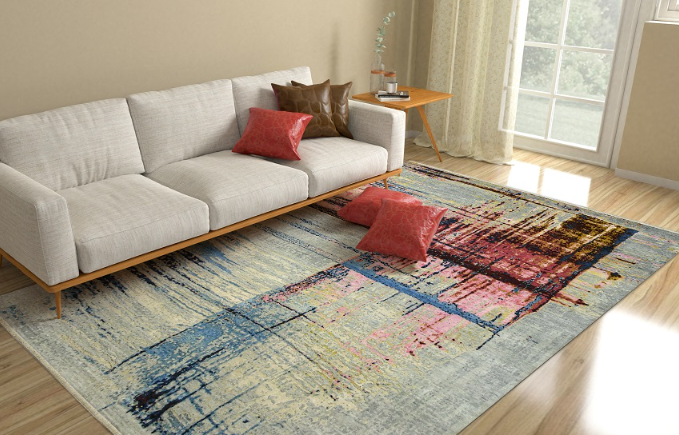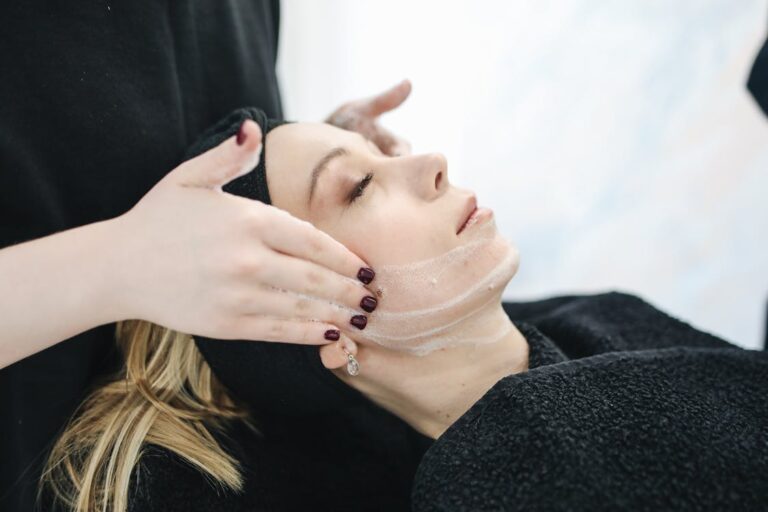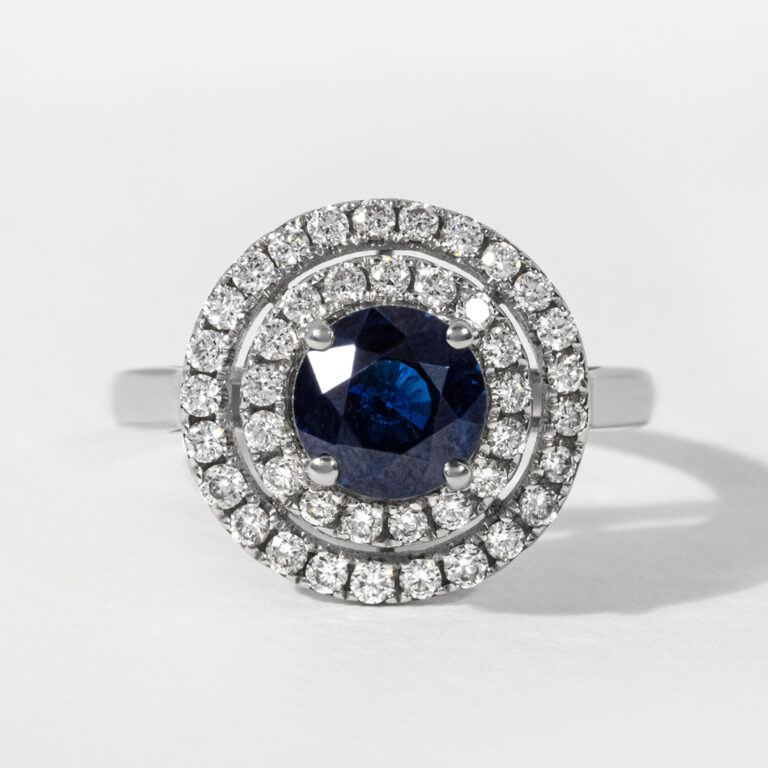Crafting Perfection: The Art of Designing Women’s Engagement Rings
Engagement rings symbolize the profound commitment and love shared between two individuals embarking on a lifelong journey together. They are more than mere accessories; they encapsulate emotions, stories, and a timeless promise. Among the myriad types of jewelry, engagement rings for women stand out for their significance and intricate designs. Crafting these exquisite pieces involves a harmonious blend of creativity, artistry, gemology, and craftsmanship.
Looking into the realm of designing women’s engagement rings unveils a captivating fusion of tradition, innovation, and personalization, culminating in the creation of a symbol as unique as the love it represents.
Historical Significance and Evolution of Engagement Rings
The history of engagement rings for women is steeped in tradition and cultural significance. Tracing back thousands of years, the practice of exchanging rings to signify betrothal dates to ancient civilizations like Egypt and Rome. These early rings, often made of simple materials like reeds or woven grass, symbolized the union between two individuals.
The concept of diamond engagement rings gained prominence during the Renaissance, symbolizing enduring love and commitment. However, it was not until the late 19th century, with the discovery of diamond mines in South Africa, that diamonds became more accessible. This accessibility, coupled with a strategic marketing campaign by De Beers, solidified the diamond’s status as the quintessential stone for engagement rings.
Design Elements and Trends
Crafting women’s engagement rings involves a meticulous consideration of various design elements. From the choice of precious metals like platinum, gold, and rose gold to the selection of gemstones, every aspect contributes to the overall aesthetic and emotional resonance of the ring.
Diamonds remain the classic choice for engagement rings due to their durability, brilliance, and symbolism of everlasting love. However, contemporary designs have witnessed a surge in the popularity of alternative gemstones such as sapphires, emeralds, and morganite, offering a spectrum of colors and unique characteristics.
Design trends in engagement rings have evolved over time, reflecting societal shifts and individual preferences. Vintage-inspired designs with intricate filigree and milgrain details have made a resurgence, appealing to those drawn to nostalgia and timeless elegance. Additionally, minimalist and modern styles featuring sleek lines and geometric shapes cater to individuals with a penchant for simplicity and sophistication.
The Art of Customization and Personalization
One of the most enchanting aspects of designing women’s engagement rings is the opportunity for customization and personalization. Couples seek to create a ring that not only reflects their love story but also embodies the personality and style of the wearer. Customization options range from selecting a unique setting, choosing the perfect diamond or gemstone, to engraving initials or meaningful dates, infusing the ring with sentimental value.
The process of customization involves collaboration between skilled artisans and clients, translating ideas and emotions into a tangible, bespoke creation. Gemologists, designers, and craftsmen work intricately to bring the envisioned design to life, ensuring every detail aligns with the client’s desires.
Craftsmanship and Techniques
Crafting engagement rings for women demands exceptional craftsmanship and expertise. Artisans employ a myriad of techniques, honed over generations, to transform raw materials into exquisite works of art. From the ancient art of hand-engraving to modern technologies like computer-aided design (CAD), each method contributes to the creation of intricate and flawless pieces.
Setting gemstones requires precision and skill, whether it’s the classic prong setting, the secure bezel setting, or the elaborate pavé setting. Master jewelers meticulously place each stone, ensuring symmetry, balance, and maximum brilliance.
Ethical and Sustainable Practices
In recent years, there has been a growing emphasis on ethical sourcing and sustainability within the jewelry industry. Consumers are increasingly conscious of the environmental and social impact of their purchases, prompting jewelers to adopt responsible practices. Ethical sourcing entails obtaining materials from conflict-free regions and supporting fair labor practices, ensuring the welfare of miners and artisans involved in the supply chain.
Furthermore, sustainability initiatives aim to minimize the environmental footprint of jewelry production by using recycled metals and ethically mined gemstones. Jewelers committed to sustainability strive to create beautiful pieces while preserving the planet for future generations.
Conclusion
Designing women’s engagement rings transcends the realms of artistry and craftsmanship, weaving together history, emotion, and individuality. These exquisite creations serve as enduring symbols of love and commitment, capturing the essence of a couple’s unique journey. From the meticulous selection of materials to the artful craftsmanship and ethical practices, every facet of creating these rings reflects a dedication to perfection. As the jewelry industry continues to evolve, the art of crafting engagement rings remains an awe-inspiring fusion of tradition, innovation, and the eternal celebration of love.





